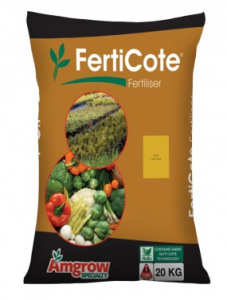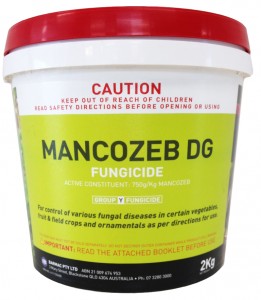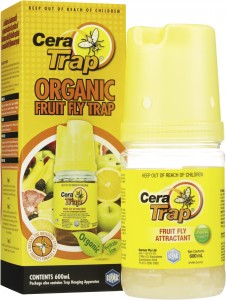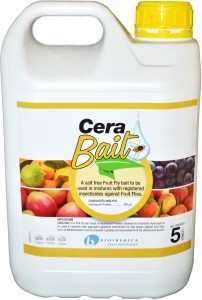
Paw Paw
The papaya or paw paw, is the fruit of the plant Carica papaya, and is one of the 22 accepted species in the genus Carica of the plant family Caricaceae.
The papaya is a large, tree-like plant, with a single stem growing from 5 to 10 m (16 to 33 ft) tall, with spirally arranged leaves confined to the top of the trunk. The lower trunk is conspicuously scarred where leaves and fruit were borne. The leaves are large, 50–70 cm (20–28 in) in diameter, deeply palmately lobed, with seven lobes. Unusually for such large plants, the trees are dioecious. The tree is usually unbranched, unless lopped.
The flowers are similar in shape to the flowers of the Plumeria, but are much smaller and wax-like. They appear on the axils of the leaves, maturing into large fruit – 15–45 cm (5.9–17.7 in) long and 10–30 cm (3.9–11.8 in) in diameter.
The fruit is a type of berry. It is ripe when it feels soft (as soft as a ripe avocado or a bit softer) and its skin has attained an amber to orange hue.
Suggested products for Paw Paw
Eraze 360 Bi-Aquatic Herbicide

Eraze 360 Bi-Aquatic is a non-selective herbicide containing 360 g/L of the active ingredient glyphosate present in the form of an… Read More
Read moreFertiCote Range

The FertiCote range of quality products is specifically formulated to release nutrients at a controlled rate to match crop demand. FertiCote… Read More
Read moreKelpro Maxx

Kelpro Maxx is a new formulation which is a mixture of seaweed and auxinone. The product gives the benefits of two products… Read More
Read moreNutrafeed Hydrophilic

Nutrafeed Hydrophilic is a blend of soil wetters and plant extracts specifically developed to condition soil and relieve problems associated with… Read More
Read moreMancozeb DG

Mancozeb DG is a dry flowable preventative fungicide formulation for the control of certain fungal diseases in ornamentals and turf. Economical crop… Read More
Read moreTraps for Cera Trap

Carton of 20 Traps for Cera Trap. Does not contain attractant. Can be used in a range of crops Attracts both… Read More
Read moreCera Trap Refill

The CERA TRAP mass trapping system can be refilled with the CERA TRAP Refill. This is the liquid food based attractant… Read More
Read moreCera Trap Home Garden

The CERA TRAP mass trapping system is an innovative, highly effective method to assist in the management of fruit fly infestations.… Read More
Read more
